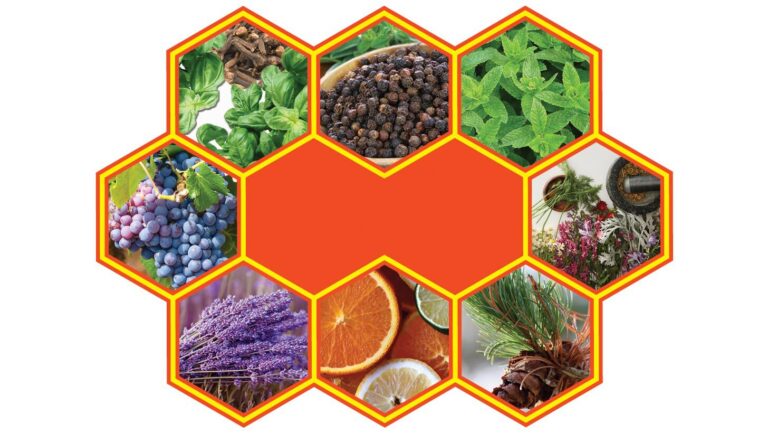Cannabis Manual: Better Together
Terpenes, Cannabinoids And The Entourage Effect


Latest Article|September 3, 2020|Free
::Making Grown Men Cry Since 1992

